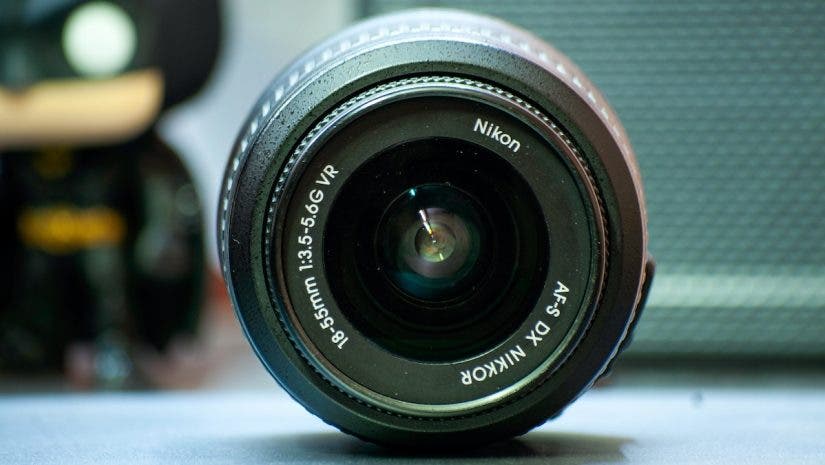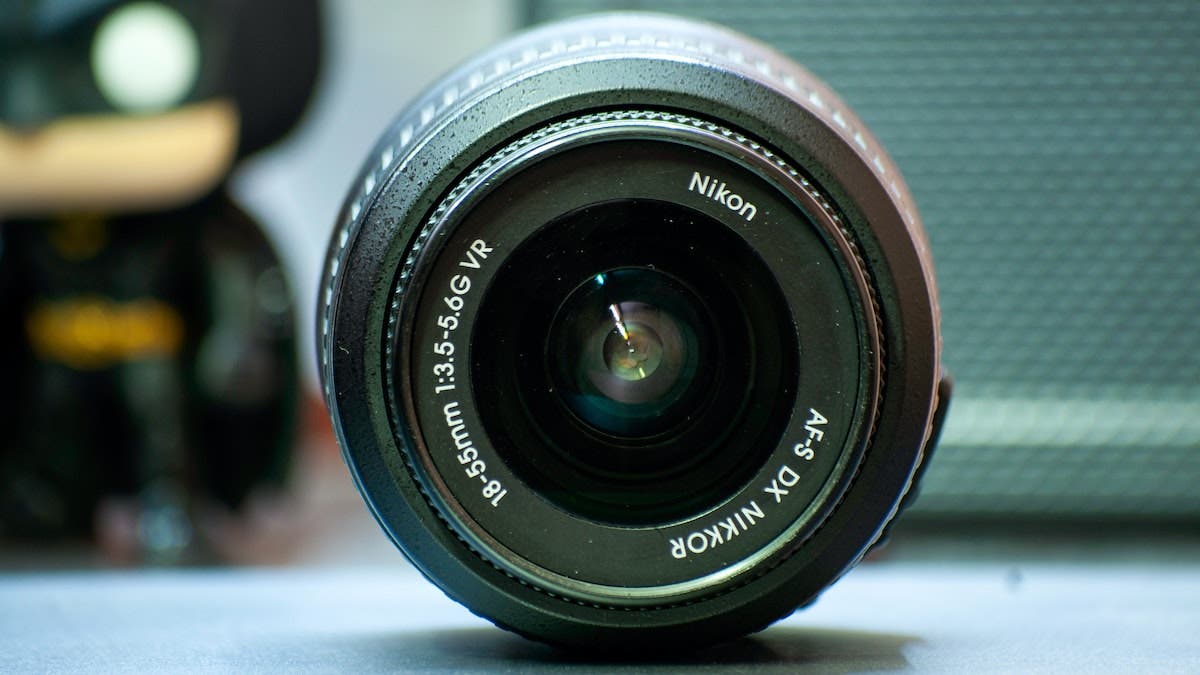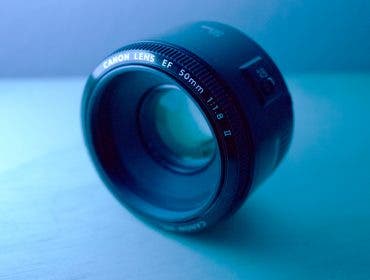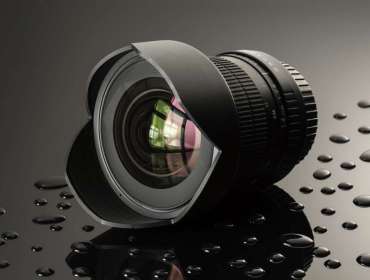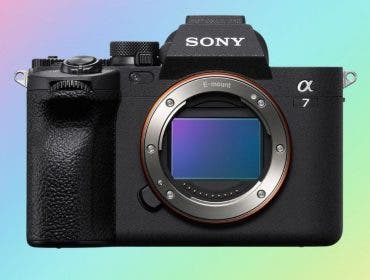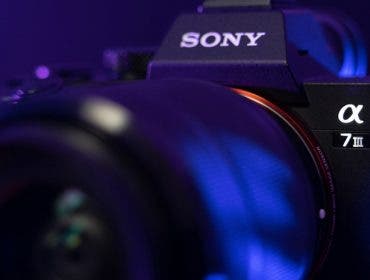In photography discussions, the kit lens is often regarded as inferior to other types of camera lenses. After all, it rarely comes in a focal length that is longer than 18-55mm. Compared to other specialty lenses like the macro (that has a focal length that ranges from 60 to 200mm) and telephoto (21 to 300mm), kit lenses have very limited focal lengths.
However, unknown to many, kit lenses actually have their own strengths, which we shall explore in the article below.
What is a Kit Lens?
Technically speaking, a kit lens is any lens that is bundled with your initial camera purchase. They are intended to be a versatile zoom lens (usually 18-55mm) that gives you various focal lengths and an adjustable aperture in a single body.
Useful Features of a Kit Lens
Kit lenses are lighter and more compact than other lens types, making it an ideal lens for beginners who are still getting used to lugging their DSLR and mirrorless cameras around. Despite its limitations and lower price range compared to other types of lenses, several reasons explain why the kit lens is worth a shot:
- It’s lightweight and portable. It can be as light as 7 oz. or 200g.
- It has a moderate wide-angle focal range, which makes it ideal for taking realistic photos of landscapes and architecture.
- Its 55mm focal end is great for portrait photography, closing in on details and compressing perspective.
- It’s a good practice camera for beginners because of its adequate focal lengths.
- Some kit lenses have built-in image stabilizer or vibration reduction features, so you can take photos without a tripod — even in low light.
Best Kit Lenses
Due to their affordable prices, kit lenses are a good option for budding photographers who are looking to expand their lens collection. Here are some of our recommendations based on camera brand.
Sony FE 28-70mm F3.5-5.6 OSS Lens for Sony E
This is a great starter lens for those using Sony E Mount cameras. Its dust and moisture resistant body will keep your lens while you’re on the go, and it offers beautiful bokeh with its adjustable aperture of 3.5 to 5.6. It’s made with ED glass to reduce chromatic aberration at telephoto ranges, and provides superior contrast across the entire image.
Nikon 18-55mm f/3.5-5.6G AF-P DX NIKKOR VR Lens
This lens uses a pulse motor to offer silent autofocus capabilities and its two Aspherical lens elements provide exceptional optical performance. It has a 3.1x zoom range and Nikon’s vibration reduction technology will offset any shakiness. If you’re a Nikon user, this certainly should be a staple in your arsenal.
Fujifilm XF 18-55mm f/2.8-4 R LM OIS Lens
Shooting on the streets is easier if you have a fast kit lens with you. The Fujifilm XF 18-55mm f/2.8-4.0 has a focal length range of 27mm to 82.5mm and an aperture range of f/2.8 to f4. This allows you to always keep the lens open, so you can shoot pictures as needed on the road. This also makes it a great lens for shooting moving subjects, like vehicles passing by or people walking on the streets.
Canon EF-S 18-55mm f/4-5.6 IS STM Lens
The big draw of this lens is its screw-type stepping motor (STM), which ensures virtually no mechanical noise from the lens when using auto focusing. This is great if you also shoot video and need clear audio. Its image stabilizer system also provides enhanced shake reduction for up to 4 stops of shutter speeds. With a lens this compact and versatile, it makes sense to always have it in your kit.
Although the kit lens appears to be just a basic lens, it’s actually a valuable tool in one’s photography practice. Its simplicity and affordability make it perfect for newbie photographers who aren’t ready to commit to the practice yet but want to try everything they can to learn with the gear they already have on hand.
